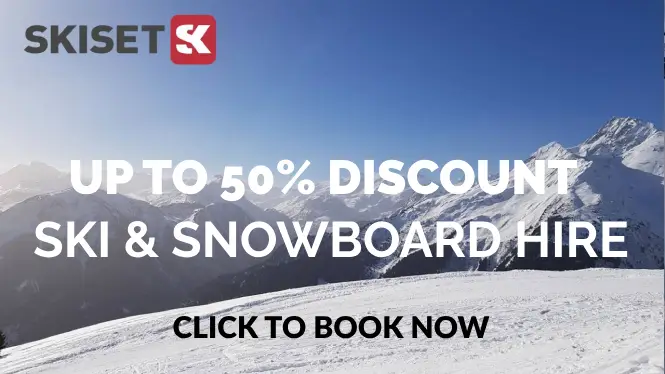Cook the perfect pasta on your La Plagne holiday

If you’re doing a La Plagne self-catering apartment holiday, chances are high that – at some point – one (or more) of your group will suggest a pasta night. Read on for tips on how to cook the perfect pasta on your La Plagne Holiday
That old stalwart favourite, spaghetti bolognese, will probably feature (see our other article for bolognese instructions) in this list so, if you’re looking for the perfect way to cook this budget yet delicious meal, read on. Not only will you feed your entire group, you’ll save a heap of money compared to eating out – plus will win the respect of your crew if you do it right.
Click this link to find the location of La Plagne supermarkets or you could also consider shopping in the La Plagne valley supermarkets.
The Perfect Self-catering Spaghetti
Cooking the best spaghetti (or any pasta) involves a few simple steps and techniques to achieve perfectly al dente pasta with a flavorful sauce. Here’s a step-by-step guide to help you make the best spaghetti:
The Must-have Ingredients:
- High-quality spaghetti or other pasta
- Water
- Salt
- Olive oil
- Pasta sauce (homemade or store-bought)
- Freshly grated Parmesan cheese (optional)
- Fresh basil or parsley for garnish (optional)
Cooking Your La Plagne Pasta
While not exactly the trickiest meal, cooking pasta still requires some skills to get it right. Below are some tips.
- Boil Water: Fill a large pot with plenty of water (at least 4-6 quarts) and bring it to a rolling boil. Add a generous amount of salt to the water to enhance the pasta’s flavor. Remember, the water should taste like seawater.
- Add Spaghetti: Carefully add the spaghetti to the boiling water. Stir gently to prevent the pasta from sticking together.
- Cook Al Dente: Cook the spaghetti according to the package instructions, but aim for the lower end of the recommended cooking time for “al dente” pasta. Al dente means the pasta is cooked but still slightly firm to the bite.
- Test for Doneness: Taste a strand of spaghetti a minute or two before the recommended cooking time is up. The pasta should be cooked but not mushy. It should have a slight resistance when you bite into it.
- Reserve Pasta Water: Before draining the cooked pasta, reserve about a cup of the pasta water. This starchy water can be used to adjust the consistency of your sauce later.
- Drain the Pasta: Once the spaghetti is cooked to your desired level of doneness, drain it in a colander. Avoid rinsing the pasta, as the starch on the surface helps the sauce cling to it.
- Add Olive Oil: Return the drained spaghetti to the pot, and toss it with a drizzle of olive oil. This prevents the pasta from sticking together.
- Add the Sauce: Pour the desired amount of pasta sauce over the spaghetti. Use a wooden spoon or tongs to gently toss the pasta and sauce together, ensuring every strand is coated evenly.
- Adjust Consistency: If the sauce seems too thick, add a splash of the reserved pasta water to loosen it up. The starchy water will also help the sauce adhere better to the pasta.
- Serve and Garnish: Plate the spaghetti and sauce onto individual serving dishes. Sprinkle freshly grated Parmesan cheese on top, and garnish with fresh basil or parsley for added flavor and presentation.
And you’re done – La Plagne Budget Meals
Enjoy!: Serve immediately while the spaghetti is hot and at its best. Pair with a side salad or garlic bread for a delightful and satisfying meal.
Remember, the key to cooking the best spaghetti is to use high-quality ingredients, cook the pasta al dente, and combine it with a flavorful sauce that complements the dish perfectly. Bon appétit!


